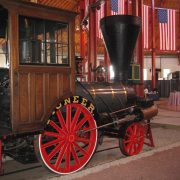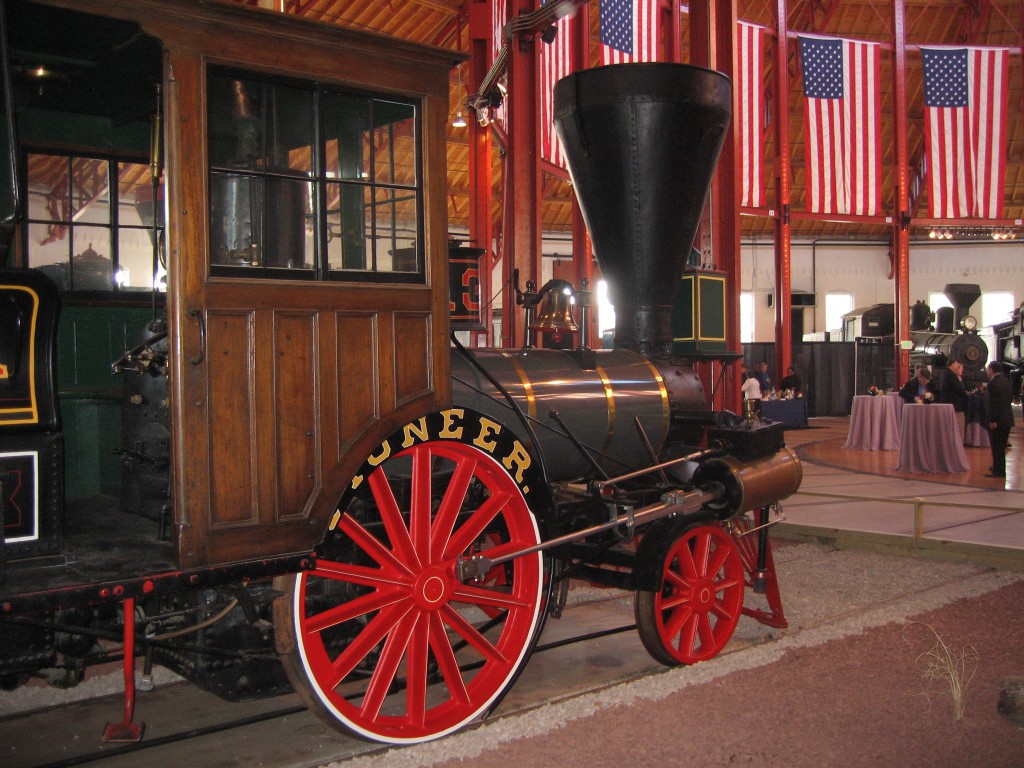every time i visit your museum, bling bling
Special thanks to Monica Reardon, Smithsonian Affiliations summer intern, for authoring the 2013 Smithsonian #MuseumDayLive! blog series.
Housed in an historic bank building on Wall Street in New York City, the Museum of American Finance is dedicated to preserving, exhibiting and teaching about American finance and financial history. The founder, John Herzog, began with two exhibits in a U.S. Custom House in 1988. Since then, this independent, non-profit museum has gradually expanded in exhibits and programs to what it is today, including becoming a Smithsonian Affiliate in 2001.

Monopoly Game Pieces
The museum currently has on display a unique piece on long-term loan from the Smithsonian’s National Museum of Natural History. Visitors during Smithsonian Museum Day Live! can get up close to a golden, bejeweled Monopoly set worth $2 million, created by jeweler Sidney Mobell. The board and pieces are solid 18-karat gold and encrusted with 165 precious gemstones including diamonds, rubies and emeralds. Bling Bling!! Even the dice are blinged-out with 42 full-cut diamonds marking the number dots on the die.
“We have quite a few finance-related board games in our collection, and games are a great way to introduce basic financial concepts to visitors. It made sense to borrow the Monopoly set for display,” noted Becky Laughner, Director of Exhibits & Archives.
The “eye-catching” Monopoly set attracts a variety of visitors from grade-school students to bank executives. “We display many paper documents, and the Monopoly set could not be more different, while still assisting us in teaching financial history and promoting financial literacy.”
Laughner hopes that the game helps visitors “to understand that learning about finance can be fun and interesting.” She adds,
“We hope visitors leave [the Museum] with a better understanding of money, finance and US history, and we realize that these topics are common threads that run through almost every aspect of our lives.”
Is the Smithsonian in your neighborhood? Find out which other Affiliates are participating in #MuseumDayLive on September 28, 2013, here.

Monopoly Board Game









